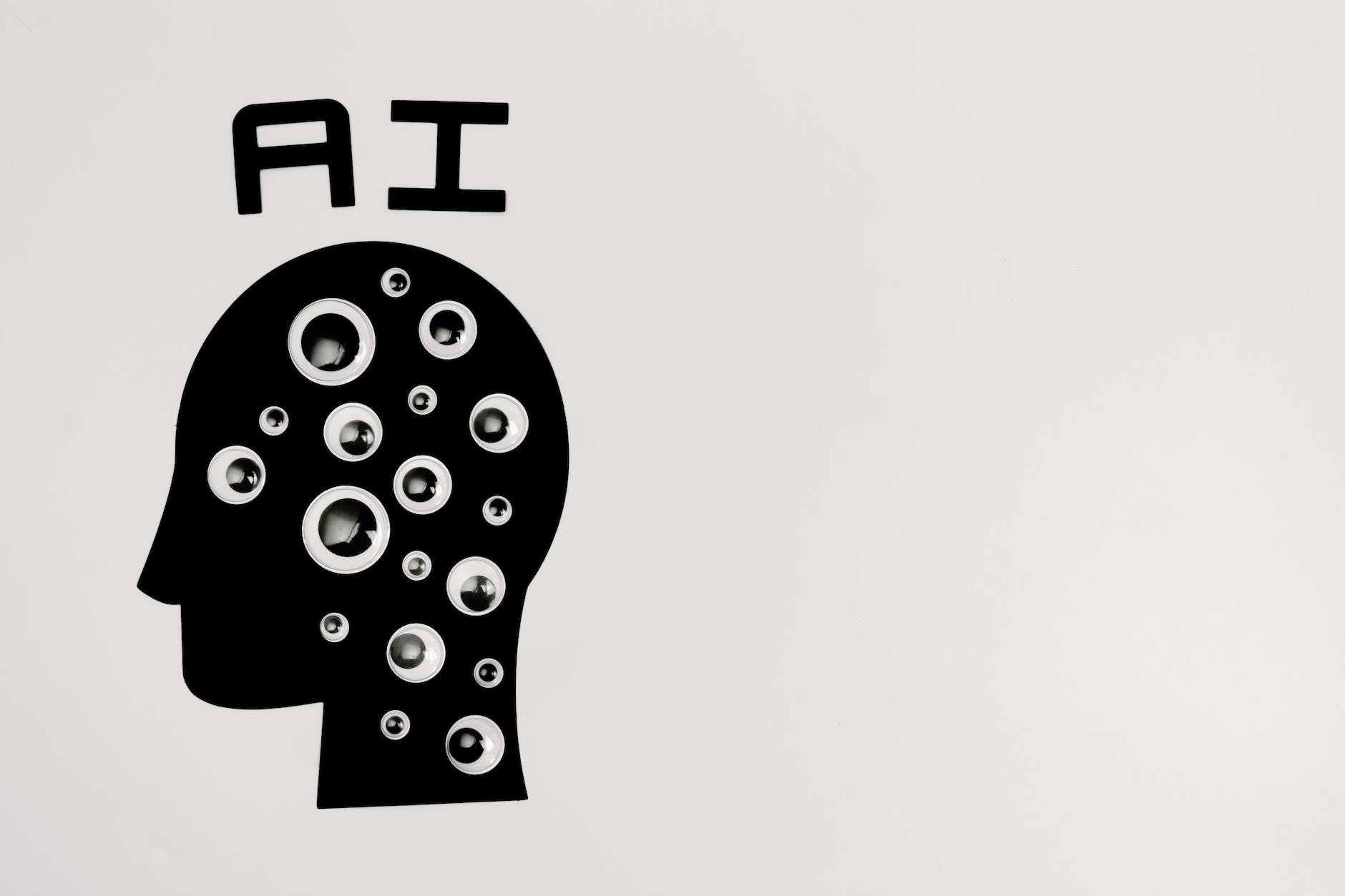
Hierarchical condition categories (HCCs) are a critical part of the risk-adjustment models used by CMS. Without strong HCC coding, healthcare practices risk lowering reimbursement rates or losing revenue. The coding assistance platform combines natural language processing, optical character recognition, and ML models to help coders review medical charts more efficiently. The platform enables them to perform more comprehensive searches, increase productivity, and improve coding accuracy.
Artificial Intelligence
Artificial intelligence (AI) describes machines that exhibit various tasks associated with human cognitive functions, including understanding language and playing games. In most cases, AI is supervised by humans who reinforce good decisions and discourage bad ones. However, some AI algorithms are designed to learn independently without direct human intervention. The algorithm uses reinforcement learning to play complex board games at a superhuman level. In healthcare, AI can automate manual processes and improve the quality of patient care.
For example, a telemedicine company that uses AI software can identify common diseases and illnesses among patients, which allows physicians to focus on more pressing matters. The technology can also help reduce the time spent on data-heavy tasks, such as analyzing medical records and insurance claims. In the healthcare industry, AI can better advance hierarchical condition category coding (HCC) to reflect the complexity of patients’ medical histories.
HCCs are used by Medicare Advantage plans to determine the risk of future health costs. It is the basis for the risk-adjustment model used to reimburse providers based on patient outcomes rather than on a fee-for-service model. Hierarchical condition category coding is intended to give healthcare professionals a more comprehensive view of their patients by tracking different factors and determinants that impact the patient’s prognosis over an extended period.
Natural Language Processing
Hierarchical Condition Category (HCC) coding is the Centers for Medicare and Medicaid Services risk-adjustment model for estimating anticipated healthcare costs. As the healthcare industry shifts to value-based care, accurate HCC documentation is increasingly important for patient reimbursement and correct medical records. AI tools can help bolster the accuracy of HCC coding and provide a more robust approach to risk scoring for healthcare providers. New generative AI systems can produce application code based on inputs such as natural language prompts. However, these tools are still in their early days, and it is unlikely that they will replace software engineers soon.
Moreover, the class imbalance observed in medical coding tasks can be challenging for AI. Despite these challenges, some research has already begun exploring hierarchical decoders. Others used an Attentive LSTM model to learn hierarchical representations of clinical descriptions and long titles of ICD codes. They also compared BERT encoders with TF-IDF and word embedding features known with simpler gated recurrent units (GRU).
Another potential solution is to combine hierarchical decoding with neural network architectures. JointLAAT [132] is one such approach. It uses a hierarchical BERT encoder to process text chunk by chunk and aggregates the embeddings via an additional Transformer. This enables the prediction of normalized ICD codes at each level of the hierarchy.
Optical Character Recognition
Hierarchical Condition Category (HCC) coding is a method payers use to categorize conditions and diseases that predict future healthcare costs and utilization. Medicare Advantage primarily employs the HCC system plans in the US to estimate anticipated costs for their enrollees. Accurate and timely HCC coding is crucial for physician practice reimbursement as the healthcare industry shifts to value-based care.
HCC coding is the foundation of risk adjustment models used by Medicare Advantage and other payors to reimburse participating healthcare providers for medically complex patients. Each patient is assigned a risk score based on their clinical diagnosis coded during a face-to-face encounter with their provider. Over 9,500 ICD-10-CM codes map to 79 different HCC categories, contributing to a member’s risk score. Accurate HCC coding is a complex task that requires thorough physician documentation of a patient’s health status and care needs. This documentation includes capturing a patient’s current medical history, which may include multiple diagnoses and comorbidities.
In addition, physicians must consider the social determinants of health, such as a patient’s housing situation or access to food, and how they can impact a patient’s long-term health outcomes. AI-powered HCC solutions offer an innovative approach to streamline HCC indexing and abstraction by automating the recognition of supported diagnoses using machine learning algorithms. The software then matches the indexed terms with the corresponding ICD-10 codes and automatically sends them to an electronic document management/document imaging system for ingestion into the EHR. This process eliminates manual and time-consuming indexing and data entry steps and improves turnaround times to index the patient chart in less than 24 hours with minimal human intervention.
Machine Learning
Artificial intelligence (AI) is the ability of machines to perform tasks commonly associated with human cognitive functions, such as interpreting speech and identifying patterns. Most AI experts define “true” AI as being able to learn without supervision and replicate human decision-making by mimicking neural pathways and reinforcement learning. Examples of machine learning are systems that recognize faces in photographs or use massive datasets to predict the likelihood of a disease in a patient. HCC coding is an important component of the healthcare industry’s move away from fee-for-service reimbursement models and toward value-based care (VBC).
The Centers for Medicare and Medicaid Services uses HCCs to estimate anticipated costs of patients in Medicare Advantage plans and provides reimbursement accordingly. Accurate HCC coding and documentation are essential to this process. Health system leaders already invest in AI-powered solutions to improve coding accuracy and reduce costs.
These new tools allow healthcare organizations to focus more on improving patient outcomes, lowering costs and generating revenue. Automatic medical coding requires efficient matching between textual mentions and specific diagnosis codes. Traditional medical coding systems deploy rule-based methods, select manual features or apply classification models like support vector machines (SVM) and Bayesian ridge regression. Several researchers have improved the performance of these medical coding models using deep learning techniques such as neural networks and attention mechanisms.